The U.S. withdrawal from the Asia-Pacific treaty will make China the dominant exporter, multiplying opportunities for business with imports from other Asian countries
The Free Trade Agreement, known as the Asia-Pacific Treaty, was signed by 21 countries to protect their economies and prevent China from monopolizing exports by imposing its rules on the rest of the world due to its dominant market position. The U.S. exit from the Asia-Pacific Treaty grants China hegemony in a market where it sets the product and prices without any counterpart to balance the market formed by the remaining 20 countries. Chinese producers can flood these countries with very cheap products, forcing manufacturers in Japan, Australia, Vietnam, or Malaysia to significantly lower their prices and seek external markets where they can be competitive.
Outside the Asia-Pacific market, these countries do not suffer the tariff restrictions imposed on many products made in China. Thus, for importers from the rest of the world, acquiring their items becomes a golden opportunity to do good business.
What are the Asia-Pacific Treaty and other free trade agreements for?
Free trade agreements aim to reduce non-tariff barriers and provide tariff benefits among the countries that sign them.
These agreements are signed to bring countries closer together and increase international trade operations of goods and services. The countries adhering to these treaties would thus reduce current bureaucratic procedures and economic burdens on imports and exports.
Some of their main advantages are improving the competitiveness of companies, increasing foreign investment, and better integrating the signatory countries into the international market, which would lead to job creation.
What free trade agreements currently exist?
Economic news is filled with acronyms referring to different signed or pending free trade agreements, which can create some confusion. Currently, the main free trade agreements are:
- TTIP (Transatlantic Trade and Investment Partnership). This treaty seeks close economic cooperation between the European Union and the United States. Its goals are to open the American market to European companies, reduce bureaucratic procedures for exports, and introduce rules to facilitate European investment in the U.S.
- TPP (Trans-Pacific Partnership). The initiative for this Asia-Pacific Treaty came from the United States, which, along with countries like Japan, Australia, New Zealand, Malaysia, Brunei, Singapore, Vietnam, Canada, Mexico, Peru, and Chile, aimed to counter China’s emerging economy by eliminating export taxes among member countries and guaranteeing the elimination of forced labor and child exploitation. This is the agreement that Trump intends to abandon.
- CETA (Comprehensive Economic and Trade Agreement). Signed by the European Union and Canada last October, it will serve to eliminate customs duties and restrictions on access to public contracts between the signatory countries once ratified in Strasbourg.
- NAFTA (North American Free Trade Agreement). An agreement signed by the United States, Mexico, and Canada during Bill Clinton’s tenure, it served to multiply U.S. exports to Mexico and Canada.
- DR-CAFTA (Dominican Republic-Central America Free Trade Agreement). Its goal is to ensure market stability for member countries by increasing trade opportunities and improving working conditions.
Finally, the Asia-Pacific Free Trade Area (FTAAP)


